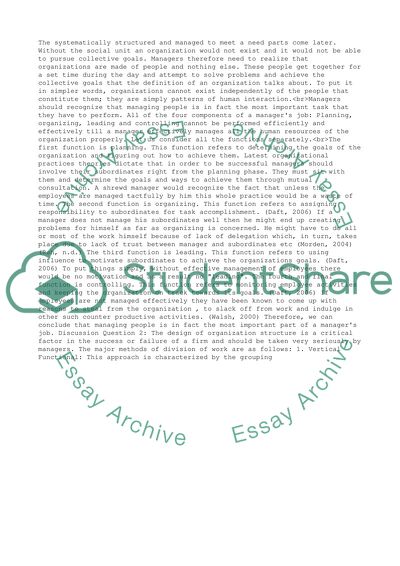Cite this document
(“Is managing people the most important job of a manager Coursework”, n.d.)
Retrieved de https://studentshare.org/management/1390938-is-managing-people-the-most-important-job-of-a-manager
Retrieved de https://studentshare.org/management/1390938-is-managing-people-the-most-important-job-of-a-manager
(Is Managing People the Most Important Job of a Manager Coursework)
https://studentshare.org/management/1390938-is-managing-people-the-most-important-job-of-a-manager.
https://studentshare.org/management/1390938-is-managing-people-the-most-important-job-of-a-manager.
“Is Managing People the Most Important Job of a Manager Coursework”, n.d. https://studentshare.org/management/1390938-is-managing-people-the-most-important-job-of-a-manager.


